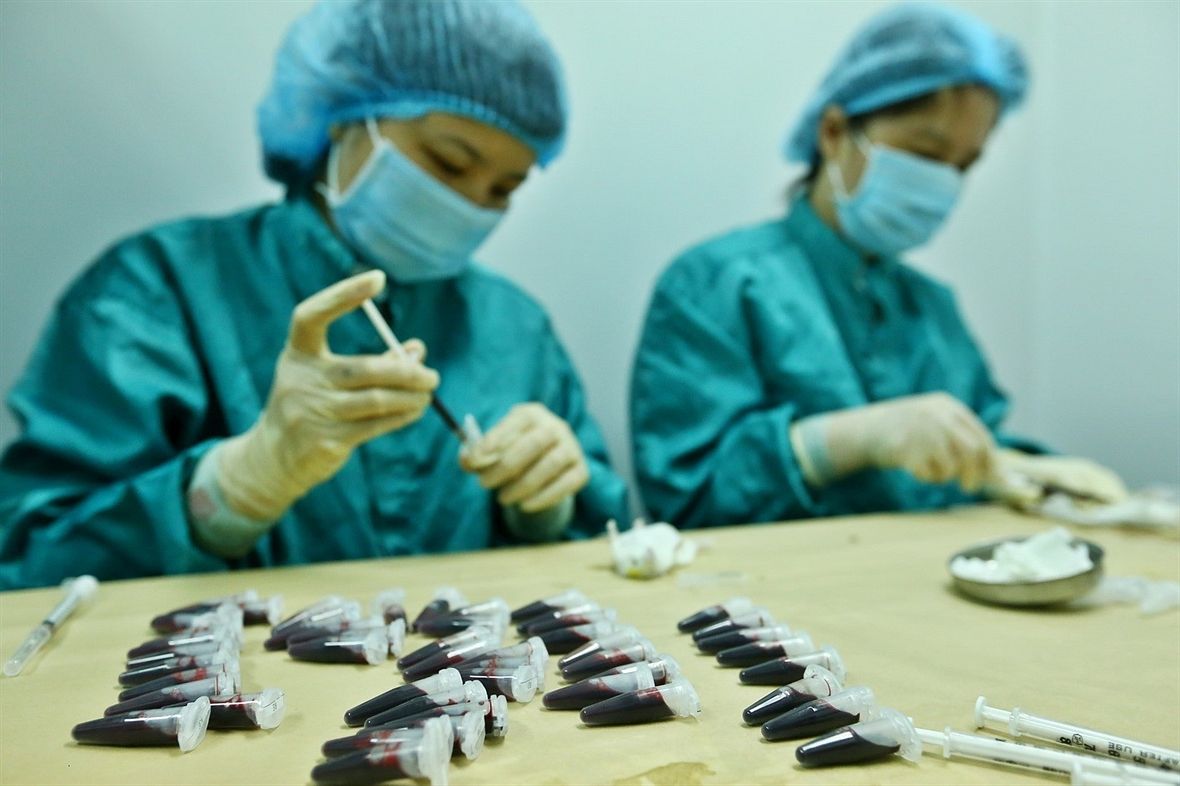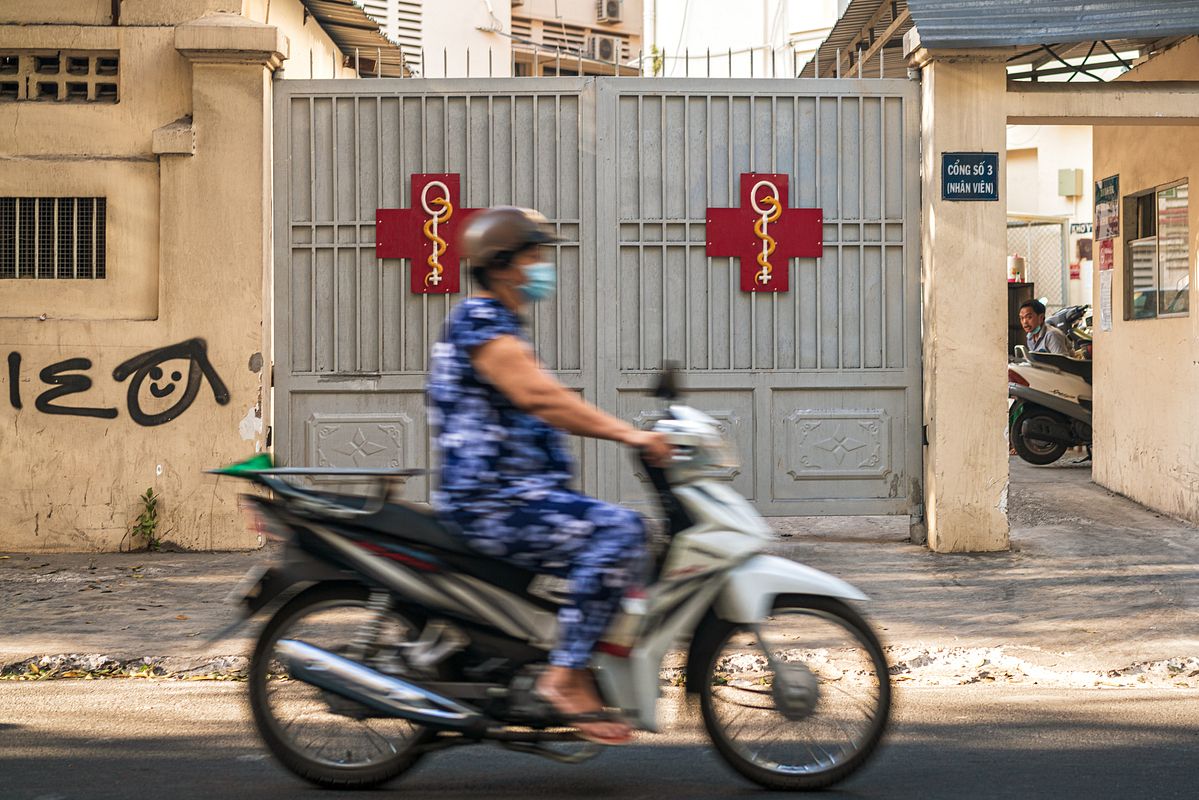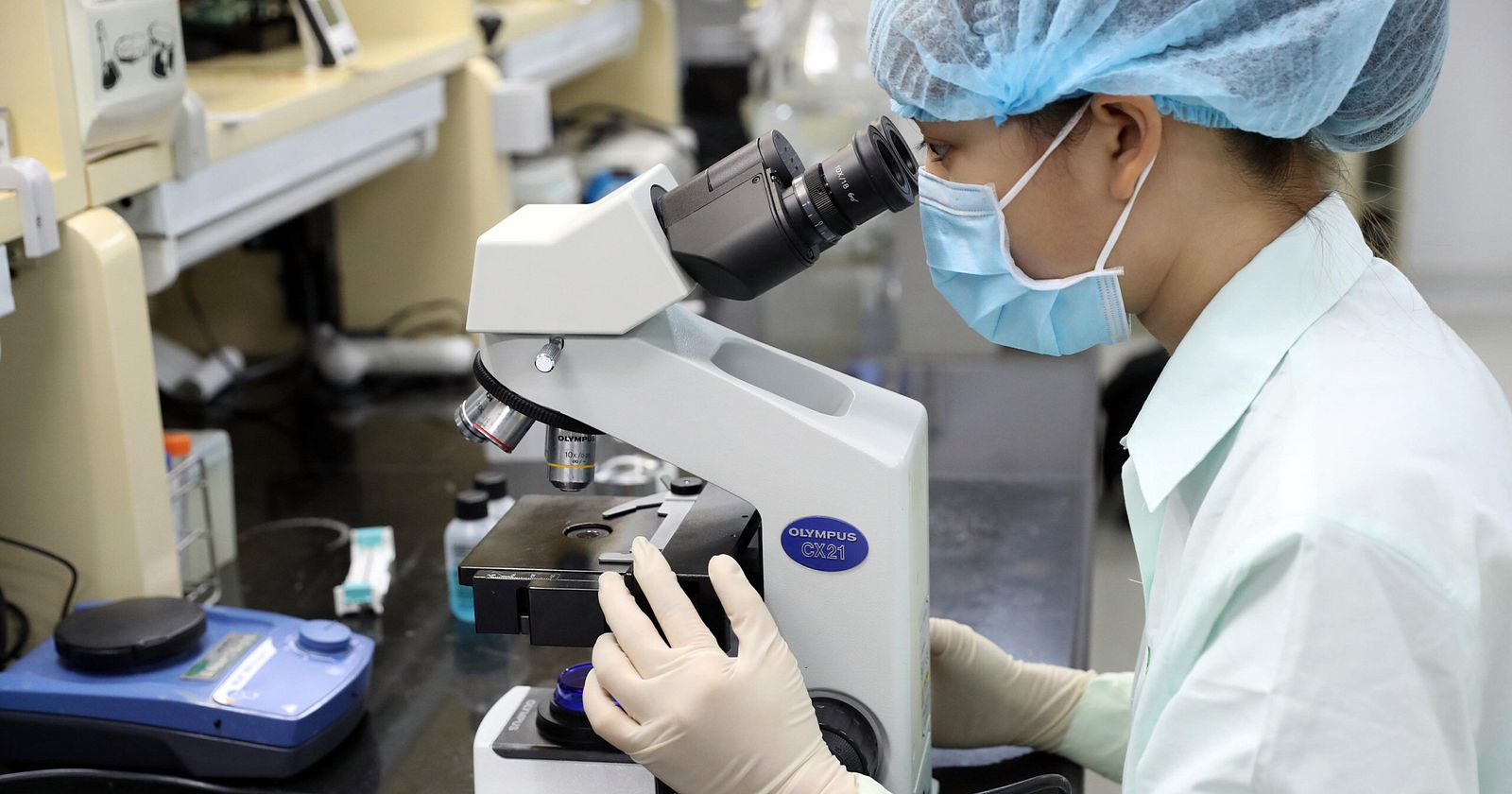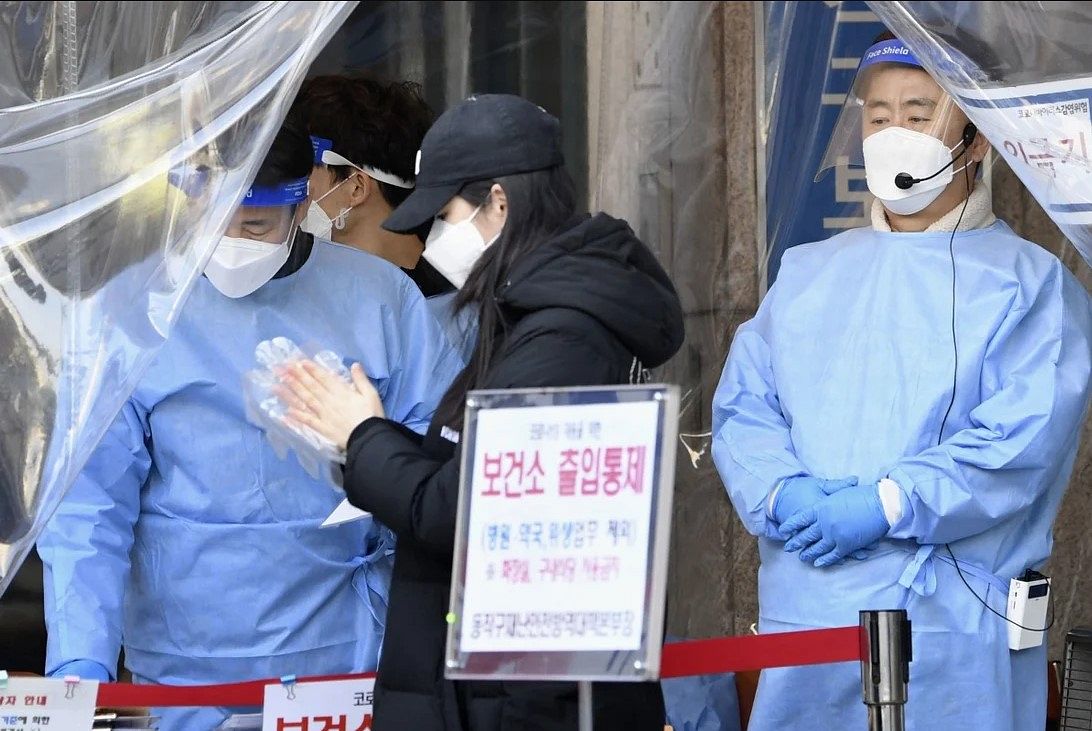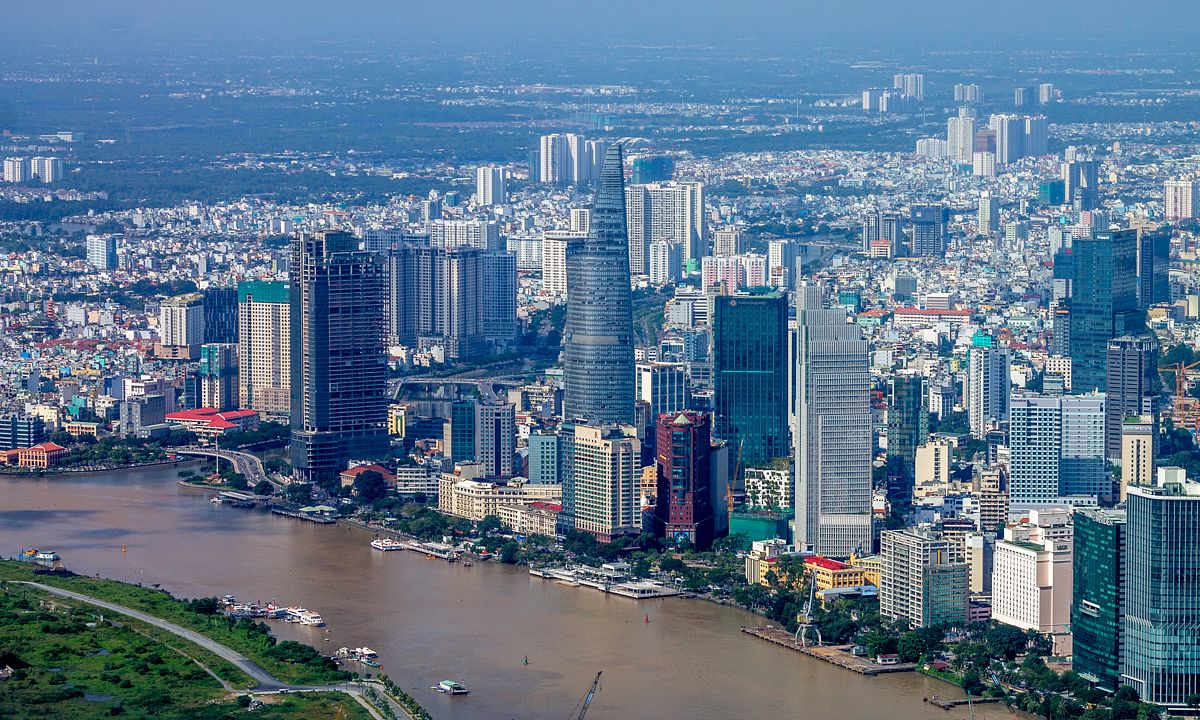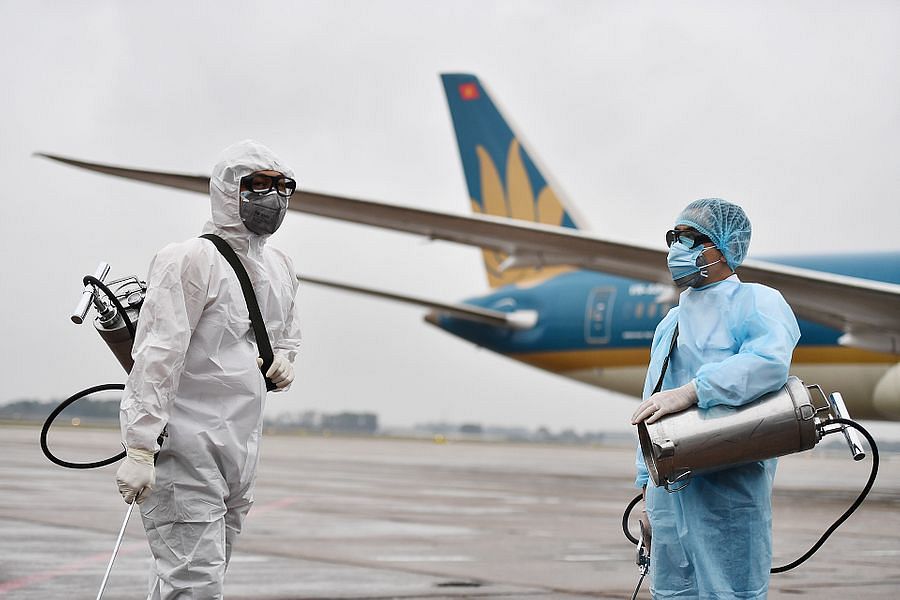On March 20, I arrived at Tan Son Nhat International Airport from the United States.
Having been given only three days notice to move off campus and prepare for remote learning for the rest of the semester, I hastily packed up all my belongings in my dorm room at Boston University and headed back on the earliest flight I could find. Every bit of the trip up to that point was met with uncertainty: flights were canceled, several countries were rejecting foreign arrivals, and the Vietnamese borders were rumored to be closed off even to Vietnamese citizens. Luckily, I made it back in time; though still oblivious to what quarantine entailed.
After spending hours at the airport, 10 tightly packed buses ferried us to a quarantine facility 40 minutes away. We arrived at the campus of Vietnam National University in Thu Duc, presented the documents we were handed stating our entrances from “infected areas,” got sprayed down with disinfectant, had our temperatures taken, and headed to our rooms.

Buses arriving at VNU at midnight on March 20.
The room contained four bunk beds, but only three women and one child occupied my room. We each claimed a bed, or what was more so a hard wooden platform. On the beds, there were exactly three things: a thin straw mat, a camo-patterned sheet, and a sheer mosquito net. It was a stark contrast from the dorm room I had just left back in Boston.
It felt somewhat like my first night at college — restless, strange, and filled with uncertainty.

A bunk bed occupied by a woman and her five-year-old son. The top level was used for storage.

Another bunk bed with a mattress and pillow, which were not provided, but many people had them delivered by family members.
It was difficult lying on a hard wooden surface with no pillows, but I was tired from the 30-hour journey and was just glad to settle down. Mosquitos weren’t a big issue either. On the other hand, we faced a minor spider problem in the bathroom on the first night. And the morning after that, I woke up to an unbearable amount of ant bites; I tried counting how many bites exactly to tell my mom when she called, but could no longer keep track after 10.

The facility was fenced off from the outside and surrounded by red tape.
For the first three days, there were about 30–40 packages being brought in from outside daily — which meant that there were constantly cars and people crowding around the facility, from a regulated distance, to deliver items to their family members. The security guards would check the items before bringing them inside for people to pick up.
On day three, a new wave of people arrived at the facility. All of the security guards were occupied with keeping the new people contained, so no one guarded the gates. This meant that people were freely receiving items through the fence. After this, it was evident that the excessive amount of people bringing in items and coming into contact with people on the inside was unsafe. By day four, security officially banned people from receiving items from the outside.

Activity outside the room was limited, but residents used early mornings to play soccer, while still wearing masks and keeping a cautious distance.

Residents throwing a Frisbee next to a parked ambulance.

Day seven was by far the hardest, as it was my mom’s birthday. This was the first time in my five years studying abroad that I was able to be in the same country as my family for this occasion, and yet it felt like I wasn’t there at all. We Facetimed as they had dinner and she cut the cake.
As we quickly approached day 14, it became crucial that people continued to be thoughtful about isolation. From day eight onwards, there were announcements made over the speakerphone every night, enforcing a strict rule about staying in our rooms and interacting with as few people as possible — as far as sharing a room with three other people could go. We were told that if even just one person in the building tested positive, our 14 days would start over; there was an incentive to stay away from people.


Sunset and evening in quarantine. Residents occupied floors 2-10, while health workers and volunteers stayed on the first floor.
It wasn’t until day 10 that we were first tested. And then a second time, two days later. Since we were not allowed to depart quarantine until proving that we had tested negative twice, and there was an excessive amount of tests to process, it took longer than expected to get the results back. This extended our stay in the facility to 15 days.
On the 15th day, we received an announcement over the speakerphone at roughly 10am that all of the results had come back negative, and we were allowed to leave. A moment of joy was shared throughout the building, as people on every floor began cheering, clapping, and congratulating each other.

Waiting to get through quarantine.
We received papers that stated our test results and granted our leave. I packed up my things, waited my turn to be processed, thanked the volunteers and security guards for all their hard work, and left what felt like a graduation ceremony to be reunited with my family again after almost a year of being in America and 15 days in quarantine.
Top photo: Each room had a balcony, used for hanging laundry and for getting fresh air in a slightly confined space.


